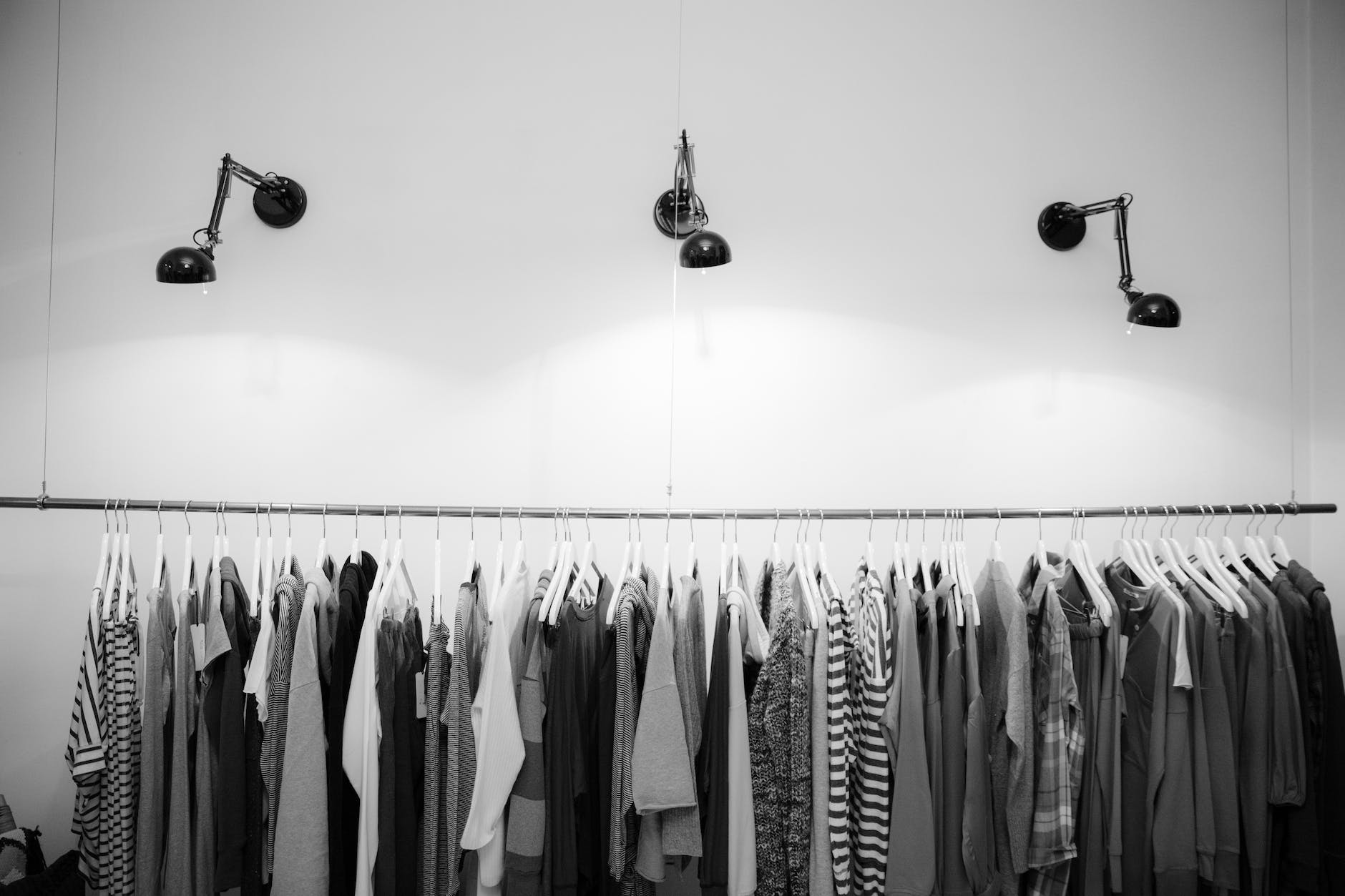The 1960s were arguably one of the most vibrant and transformative periods in the history of fashion and design. A decade marked by social upheaval, the rise of the counterculture, and the global influence of the psychedelic aesthetic, it paved the way for significant changes in the way we understand and appreciate style. The influence of psychedelics on fashion and design was not simply a fleeting trend, but a profound shift in artistic perception and creative expression.
Psychedelic aesthetics, characterized by bold patterns, swirling shapes, and vibrant colors, entered mainstream consciousness largely through the use of mind-altering substances such as LSD. Heavily influenced by the visual phenomena experienced during a psychedelic “trip”, graphic artists and fashion designers began to incorporate these aesthetic principles into their work during the 1960s. Instead of following traditional forms and structures, they began to experiment with abstract patterns, audacious color palettes, and innovative materials.
Psychedelic art in fashion played a transformative role, shifting from the clean lines and modest hues of post-war couture to saturated, swirling, and intensely organic designs. Many fashion designers and graphic artists drew their inspiration from countercultural fashion and subcultural influences to create a form of visual expression that was intoxicatingly vivid and abstract, reflecting the mindset of this revolutionary era.
Source: Collectors Weekly
The influence of psychedelics on 1960s fashion trends was monumental. Designers like Emilio Pucci, with his kaleidoscope patterns, and Paco Rabanne, known for his revolutionary use of unconventional materials, created garments that were visually synonymous with the psychedelic experience. Coupled with the flower child alternative fashion of the time, it was hard to ignore the influence of psychedelics that permeated every aspect of design.
Source: L’Officiel
Fashion was not the only arena to feel the transformative impact of psychedelics. Interior design also experienced a massive shift in style. Traditional, minimalist decor was substituted with loud patterns and bold colors, cementing the psychedelic influence into the very fabric of home spaces.
Source: Architectural Digest
Today, the influence of psychedelics on fashion and design still resonates, signifying their enduring power. Psychedelic aesthetics inspire contemporary designers who are revisiting these bold patterns and vibrant colors to create modern interpretations. This revival suggests that the boldness and liberation associated with psychedelic designs remain a potent force in our collective consciousness.
Source: Vogue
The impact of psychedelics on fashion and design extends beyond visuals. This influence created a paradigm shift, promoting creative freedom and rejecting conformity. Psychedelic aesthetics taught us to push boundaries, challenge norms, and celebrate individuality – principles that continue to shape the fashion and design industries today.
The psychedelic revolution, with its effusion of color and imagination, profoundly shaped the fashion and design fields. Despite being rooted in a specific era, the psychedelic influence transcends time, illustrating the enduring power of fashion and design to reflect cultural and societal changes. The legacy of psychedelics offers us a mirror to our past, a reminder of our imaginative and transformative capacities, and the promise of a colorful and dynamic future.
Source: Dazed Digital.





